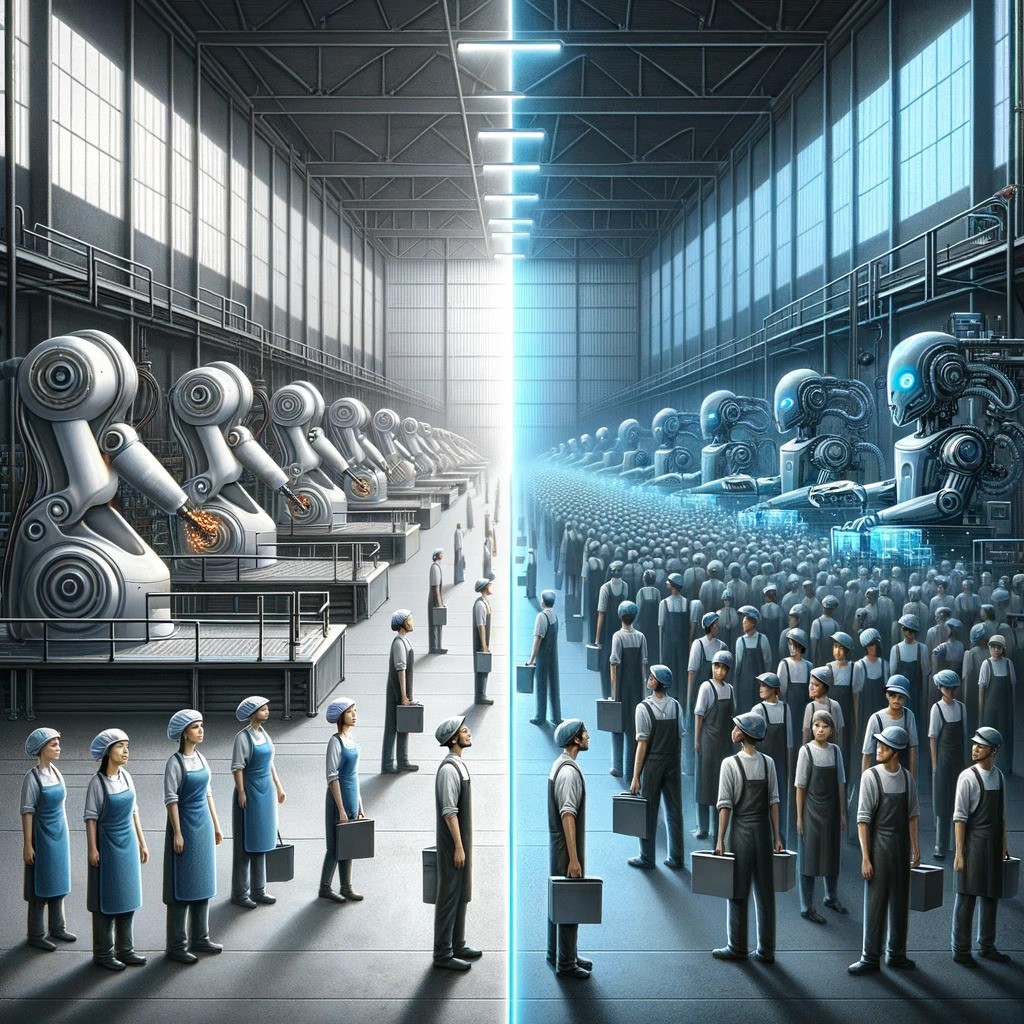Have you heard of zero-sum automation?
It’s a term coined by Harvard Business Review to described their findings that the productivity gains from automation tend to be offset by the losses due to process inflexibility.

There are a few reasons for this:
- The automation are not readily adaptable to changes in the external environment.
- The automation require specialized, highly technical skills to reprogram and debug.
- The automation tend to be “black boxes” that directly replaces a specific task without human-in-the-loop.
In other words, automation work until they don’t. And in today’s VUCA world, automation tend to be made redundant fairly quickly.
To avoid falling into this productivity-flexibility conundrum, companies should consider the following:
- Adopting a bottoms-up approach in the identification of automation opportunities, i.e. involving the end users at all stages of the automation program.
- Invest in technologies (i.e. low-code/no-code tools) and training to make it easier for business users to reprogram and debug robots.
- Choosing the right metrics of measuring success. KPIs like cost and time savings might be easy to measure, but ignore the vast and varied potential of automation.
#rpa #roboticprocessautomation #ai #artificialintelligence #strategy